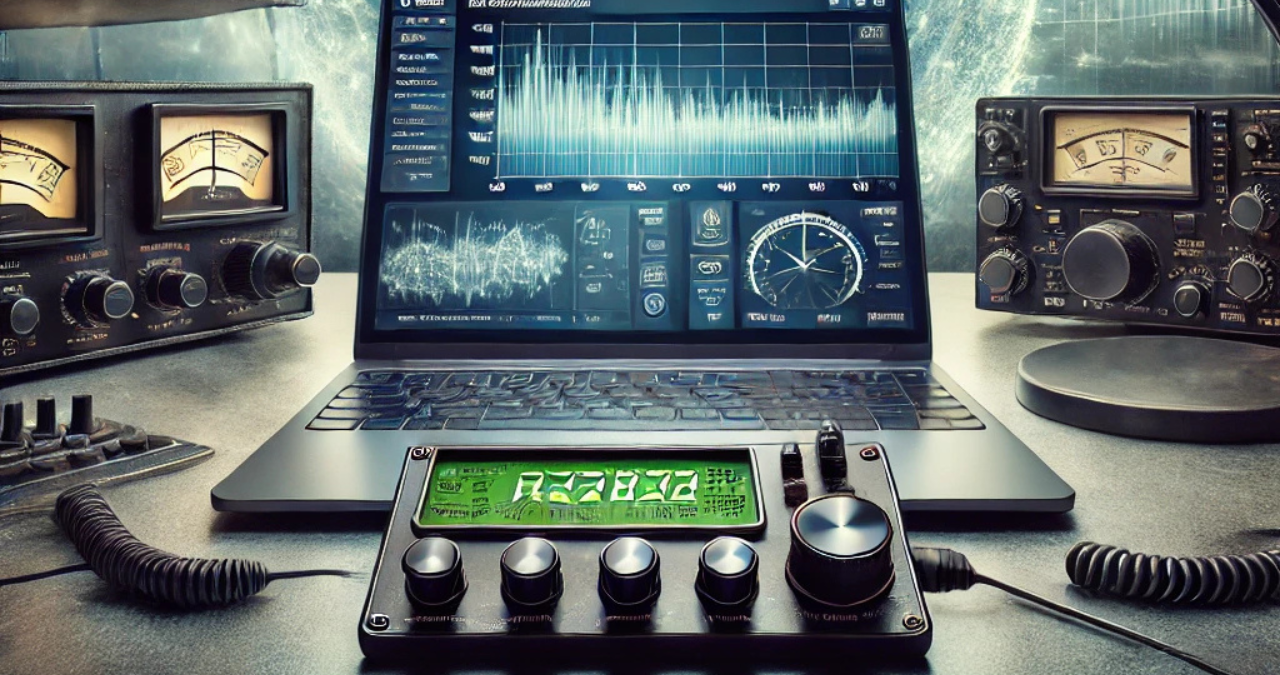Introduction to Rattlegram Settings HF Communications
What is Rattlegram?
Rattlegram Settings HF is a versatile and powerful communication tool designed for radio amateurs and enthusiasts. It is an efficient platform for exchanging information via High-Frequency (Rattlegram Settings HF) bands, offering a unique blend of reliability and simplicity. Rattlegram Settings HF appeal lies in its straightforward interface, customizable settings, and ability to cater to beginners and seasoned operators. It’s especially valuable for those who want to engage in long-distance communication without the complexities of traditional setups.
Unlike other digital tools, Rattlegram Settings HF is lightweight and focuses on enhancing textual communication over HF. It’s particularly suited for scenarios where clear and concise information exchange is paramount, such as emergencies or hobbyist activities. With Rattlegram, users can harness the potential of HF bands to communicate across continents seamlessly.
Understanding HF Communications
Rattlegram Settings HF communications operate within frequencies ranging from 3 to 30 MHz, making them ideal for long-range communication. These frequencies have the unique ability to bounce off the ionosphere, enabling signals to travel vast distances. This opens a gateway to global connectivity for radio operators, even in remote or infrastructure-limited regions.
The key to effectively leveraging HF is understanding how environmental factors like solar activity and time of day influence signal propagation. This knowledge, combined with a tool like Rattlegram, allows operators to maximize the potential of HF bands. Users can ensure efficient and reliable communication by tailoring settings to specific conditions.
Why Configuring Rattlegram Settings Matters
Optimizing Rattlegram settings is crucial for unlocking its full potential. Proper configuration ensures clarity, minimizes interference, and adapts to varying environmental conditions. Whether you’re communicating for leisure or critical purposes, fine-tuning your settings can distinguish between a successful transmission and a frustrating experience. In essence, Rattlegram’s effectiveness hinges on the operator’s ability to configure it correctly.
Essential Rattlegram Settings for HF
Frequency Configuration
One of Rattlegram Settings HF foundational aspects is setting the correct frequency for HF communication. HF bands are divided into allocations for various purposes, including amateur radio, maritime communication, and broadcasting. Selecting the appropriate frequency ensures that your transmission reaches its intended audience without causing interference.
When configuring frequencies, consider the time of day and propagation conditions. For example, lower frequencies are better for nighttime communication, while higher frequencies perform well during the day. Regularly checking band plans and adhering to regulations will keep your operations smooth and compliant.
Modulation and Modes
Rattlegram supports several modulation modes, with USB (Upper Sideband) and LSB (Lower Sideband) being the most common for HF communication. Choosing the correct mode depends on the frequency band and the nature of the communication. For instance, USB is typically used for bands above 10 MHz, while LSB is preferred for lower bands.
Understanding modulation helps in achieving clearer transmissions and compatibility with other operators. Experimenting with different modes allows you to adapt to varying signal conditions and optimize communication.
Power and Signal Strength
Adjusting power levels is another critical setting in Rattlegram. While higher power can improve signal strength, it may also increase interference with nearby frequencies. Finding the right balance ensures your signal is strong enough to reach its destination without disrupting others.
Monitoring the signal-to-noise ratio (SNR) helps assess the effectiveness of your transmission. A high SNR indicates a more precise signal, while a low SNR suggests potential interference or weak reception. Regular adjustments based on SNR readings can significantly enhance communication quality.
Audio and Noise Filters
Noise is a common challenge in HF communication, but Rattlegram offers tools to mitigate this issue. Noise reduction filters and equalizer settings can enhance audio clarity by suppressing background interference. Customizing audio settings, such as tone and volume, ensures optimal listening and practical message interpretation.
Advanced Settings and Customization
Macros and Automation
For efficient operation, Rattlegram allows users to create macros—predefined sequences of commands that automate repetitive tasks. For example, you can set up macros for commonly used phrases, such as signal reports or location information. This saves time and reduces the risk of errors during transmission.
Integration with Other Tools
Rattlegram can integrate with complementary software like FLDigi and WSJT-X, expanding its functionality. These integrations enable advanced features such as digital signal processing and enhanced decoding capabilities. Pairing Rattlegram with Software-Defined Radio (SDR) hardware further elevates its versatility, allowing users to control multiple bands and modes seamlessly.
Error Correction and Data Reliability
Data integrity is paramount in HF communication. Rattlegram supports Automatic Repeat Request (ARQ) protocols, which ensure accurate message delivery by retransmitting corrupted data packets. Enabling error correction settings enhances reliability, especially in noisy environments.
Custom User Profiles
Creating custom profiles for different operating conditions simplifies switching between setups. For instance, you can have a profile optimized for urban environments with high interference and another for remote areas with minimal noise. This flexibility enhances Rattlegram’s usability and efficiency.
Troubleshooting and Optimization Tips

Common Issues and Solutions
Interference and frequency mismatches are common challenges in HF communication. To address these issues, ensure your frequency is correctly calibrated and matches the intended band. Verify that your antenna setup is optimized for the selected frequency range.
Performance Optimization
Tuning your antenna is crucial for effective HF communication. A well-calibrated antenna maximizes signal reception and transmission efficiency. Regular maintenance and adjustments based on propagation conditions will keep your setup performing at its best.
Best Practices for HF Communication
Adhering to regulations and observing proper etiquette is essential for maintaining a positive experience on HF bands. This includes using designated frequencies, avoiding unnecessary chatter, and respecting other operators’ transmissions. Maintaining your equipment and staying updated with software enhancements also contribute to a seamless communication experience.
Conclusion
Rattlegram is a powerful tool that, when configured correctly, unlocks the full potential of HF communication. From selecting the right frequency and mode to integrating advanced tools and troubleshooting issues, each aspect of Rattlegram’s setup plays a vital role in ensuring reliable and effective communication. By experimenting with settings and staying informed about best practices, you can optimize your Rattlegram experience and connect with the world effortlessly.
Frequently Asked Questions (FAQs)
- What is Rattlegram, and how is it different from other HF communication tools?
- Rattlegram is a lightweight, text-focused tool ideal for HF communication. It is known for its simplicity and customization options.
- Which HF bands are best for long-distance communication?
- Lower frequencies (3-10 MHz) are effective at night, while higher frequencies (10-30 MHz) work well during the day.
- How are my Rattlegram settings optimized?
- Regularly monitor your signal-to-noise ratio (SNR) and adjust settings based on feedback from receiving stations.
- What should I do if I experience interference during communication?
- Check your frequency for conflicts, adjust noise filters, and verify your antenna setup.
- Can I use Rattlegram with other radio communication tools?
- Yes, Rattlegram integrates with software like FLDigi and WSJT-X for enhanced functionality.
You May Also Read: https://timebusinesswork.com/tp-link-extender-setup/

Leave a Reply